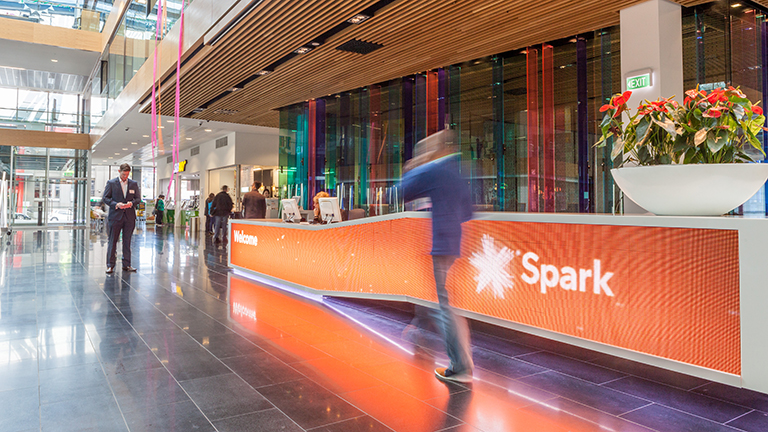Please configure
Our structure
Agile
In the leadup to Spark’s Agile transformation in July 2018, we radically overhauled HR practices, issued new employment contracts, reset our company culture (with a new purpose, values and a big push on diversity and inclusion), trained thousands of people in Agile and Design Thinking, introduced new quarterly planning cycles, and recalibrated finance systems and delegated authority frameworks. Even more importantly, our people made a big mental leap to give up hierarchical management structures and job titles and transition to working in small, self-managing teams with colleagues with different backgrounds and skillsets, who may think very differently to them.
Agile is not a new concept: the methodologies have been used in the software business for years and many of the world’s biggest digital companies were born Agile. Even at Spark, we’ve used Agile in parts of our business for several years. But what’s new and different – and this is recognised by Agile experts both here and internationally – is the scale and breadth of our approach. Every part of Spark is going Agile in some way – from a “heavy” application in the “engine room”, to varying degrees of Agile “light” in customer-facing units such as stores and contact centres, and in corporate support units like Finance and Legal.
Agile is putting Spark’s focus squarely on our customers, providing feedback loops and disciplined frameworks to give deep and clear insights on what customers need and expect. Multifunctional teams and flat structure mean no need to ‘hand over’ work to another part of the business or seek approvals from above. Teams can simply deliver for customers, fast.
By focusing our work on Spark’s overall purpose and our contribution to customers, Agile ensures all of our people are engaged and feel empowered to make a difference.
Please configure








